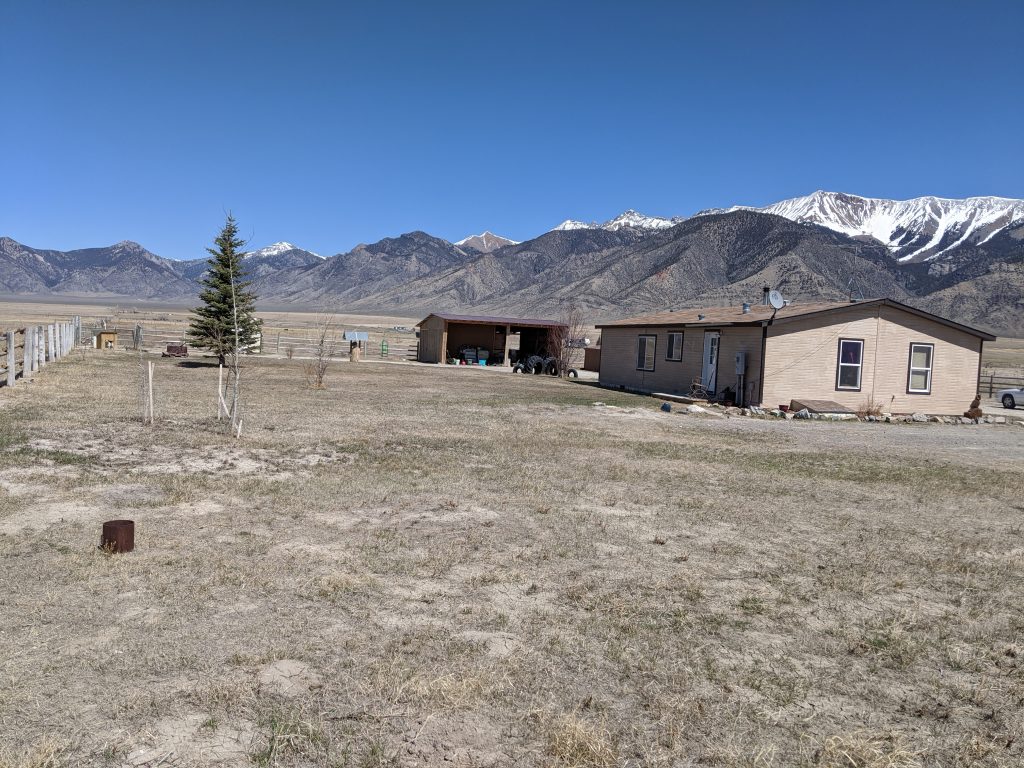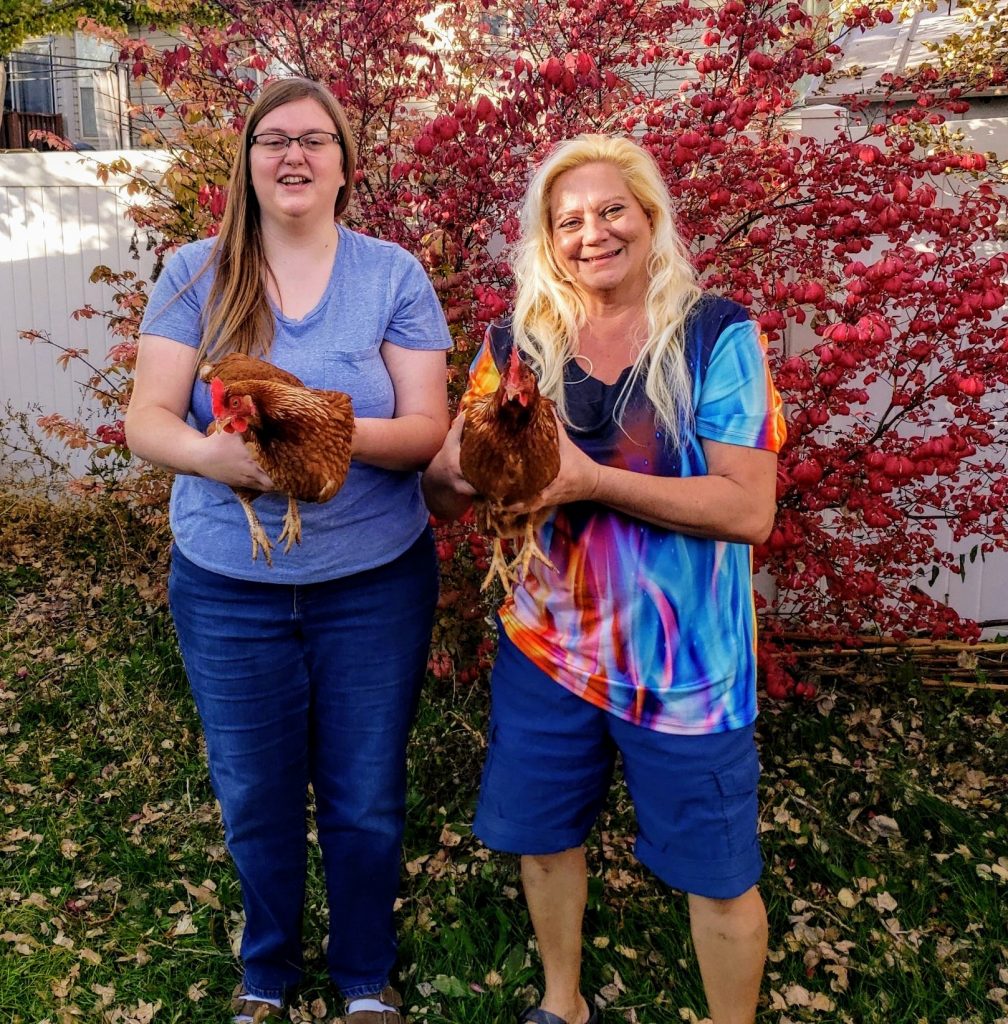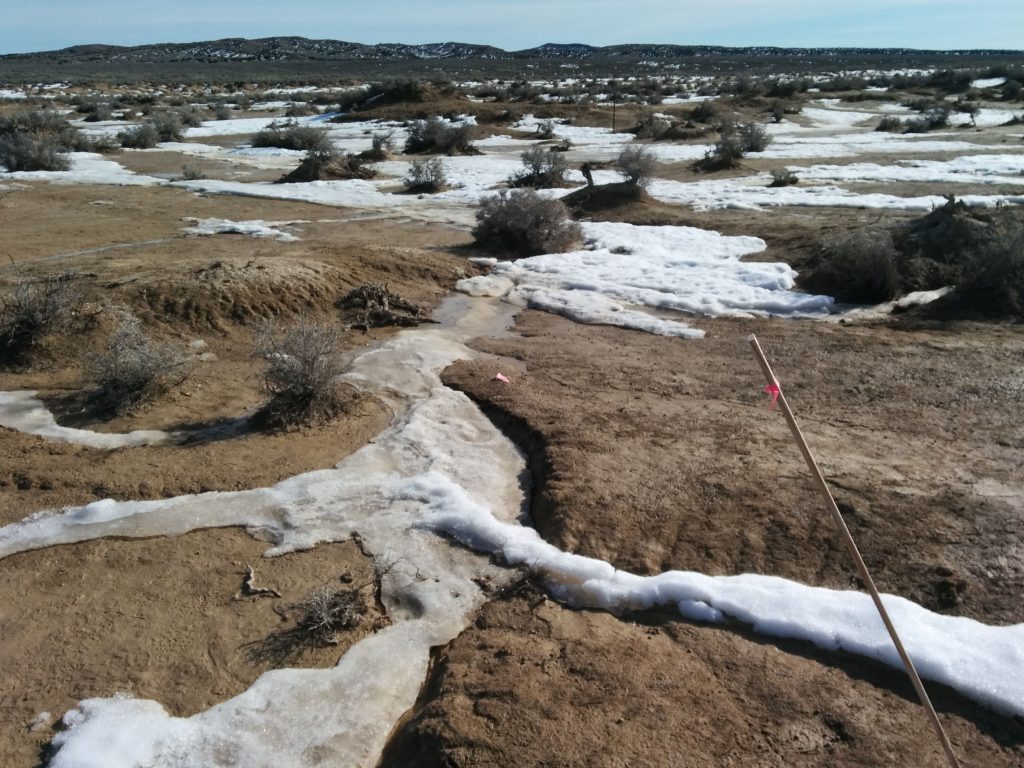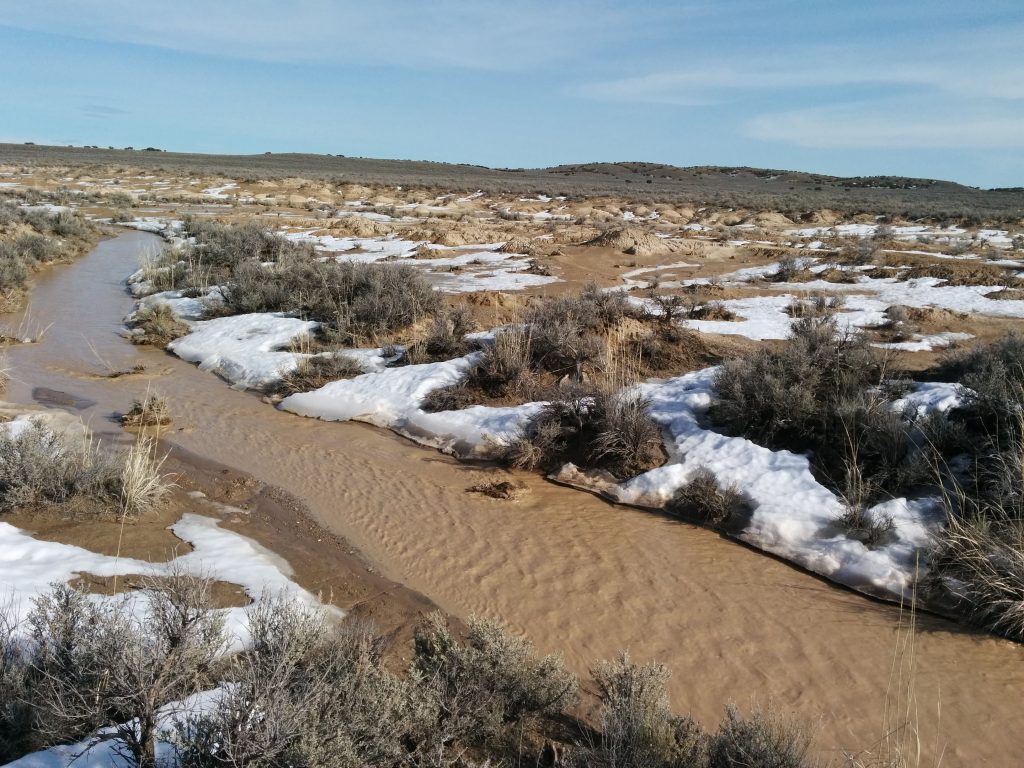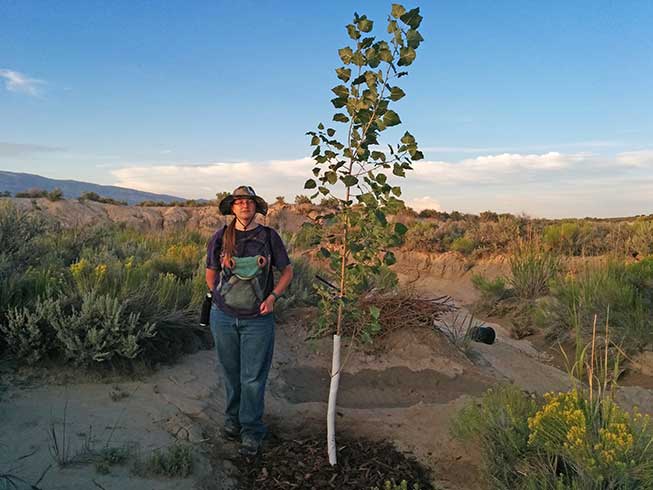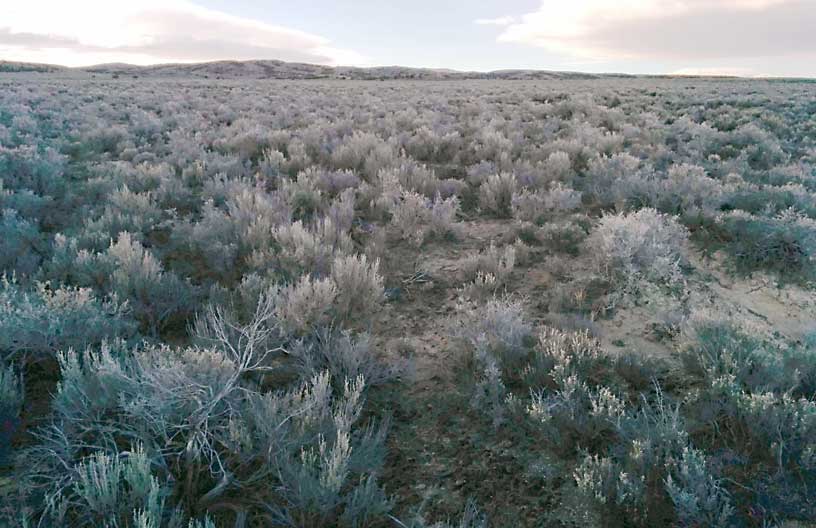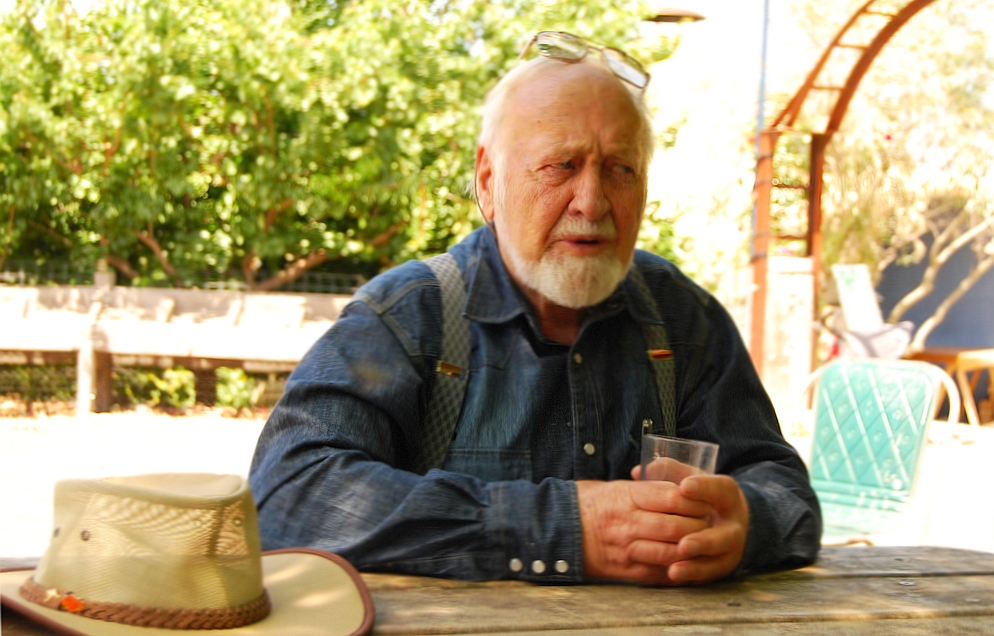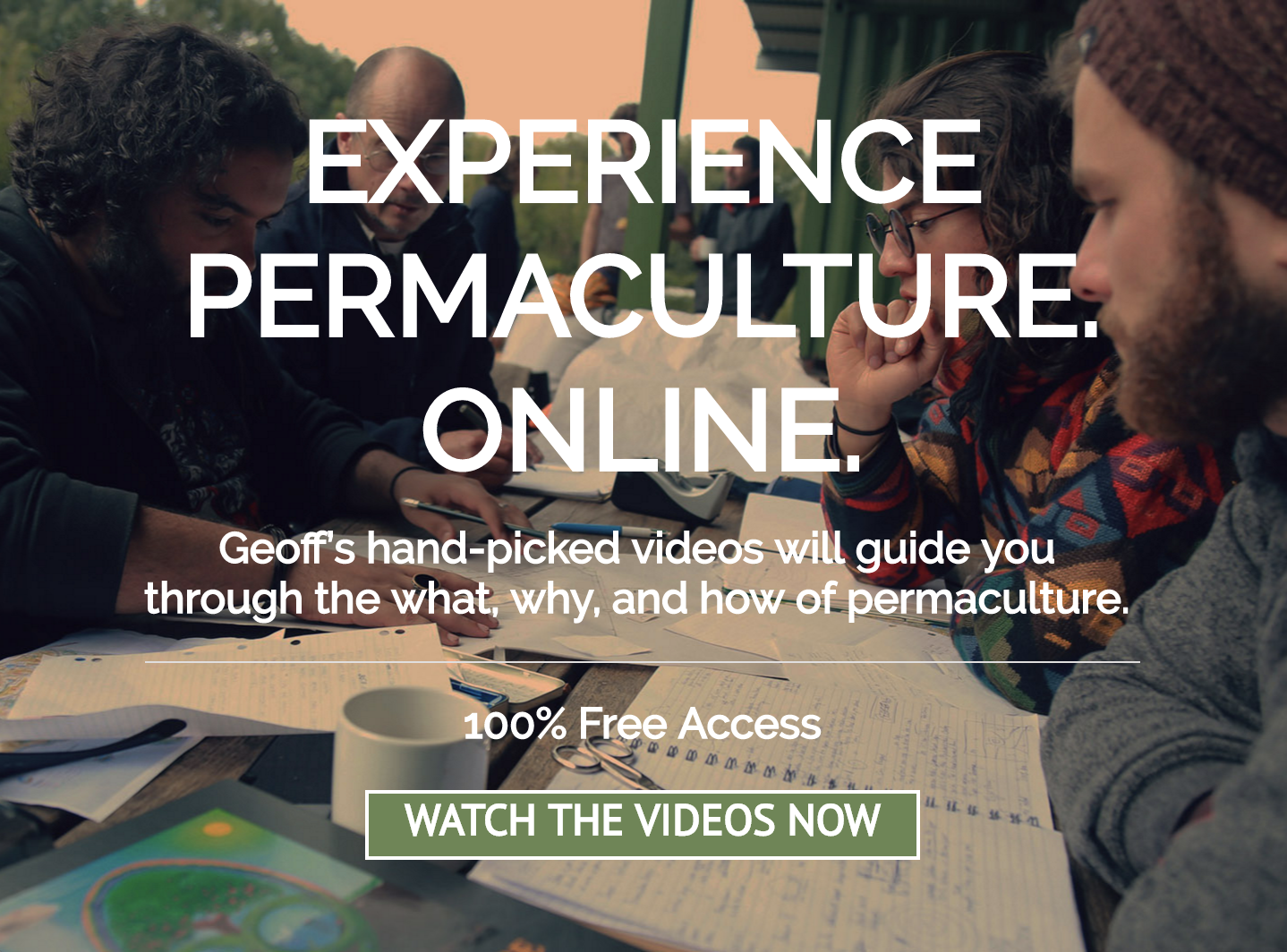I’m almost half way through the Permaculture Design Certificate course. I’m on week 9 and it is a 20 week course. I love the course, but two months in, I’m starting to look forward to finishing it. I can tell from my changes in perspective that this is likely to change my life forever.
In addition to the normal course material, I’m reading the 550 page manual by Bill Mollison, and listening to Bill’s 70 hour 1983 course on MP3. It’s interesting to see the major differences in personality and teaching style from Bill Mollison to his most-well-known student, Geoff Lawton. They are very different personality-wise and teaching-style-wise.
Between the book and two classes (current online one and the 1983 MP3 one) I’ve already learned tons relating to management zones, patterns, plant-animal guilds, tree placement, earthworks, and permaculture related legal, economic and social networks. I had no idea what I didn’t know about permaculture.
On a funny/interesting note, I was listening to the the 1983 course this week and Bill M. mentions Yeoman’s so-far unproven keyline design theory. Of course, Geoff Lawton and other Permaculture Design Certificate holders have proven Yeoman correct over and over again since 1983–most famously Geoff Lawton turned several acres a few miles from the Dead Sea into a forest garden on almost no well-water and then left it alone for a decade and came back to show it was still there even when mismanaged.

